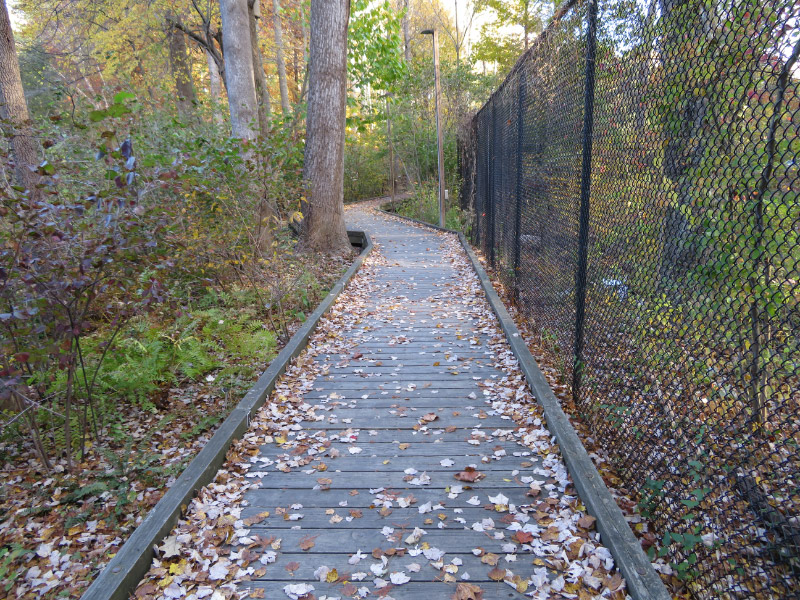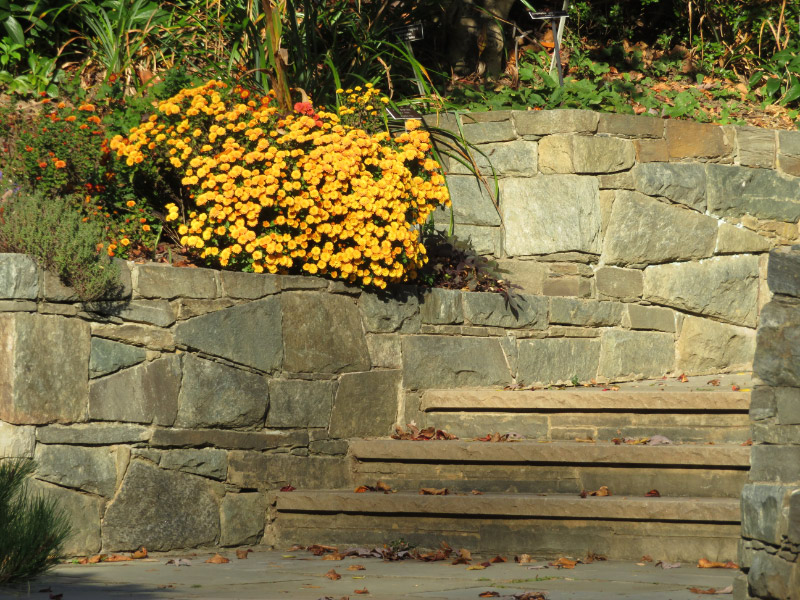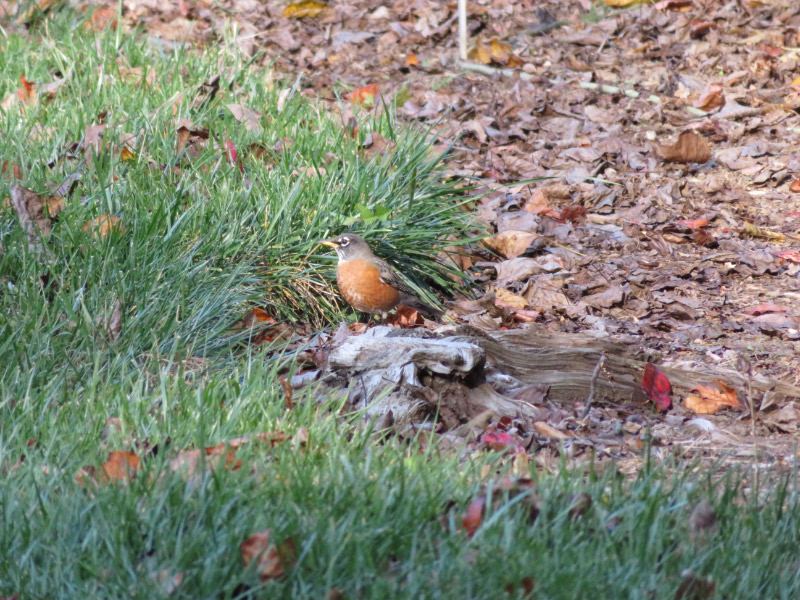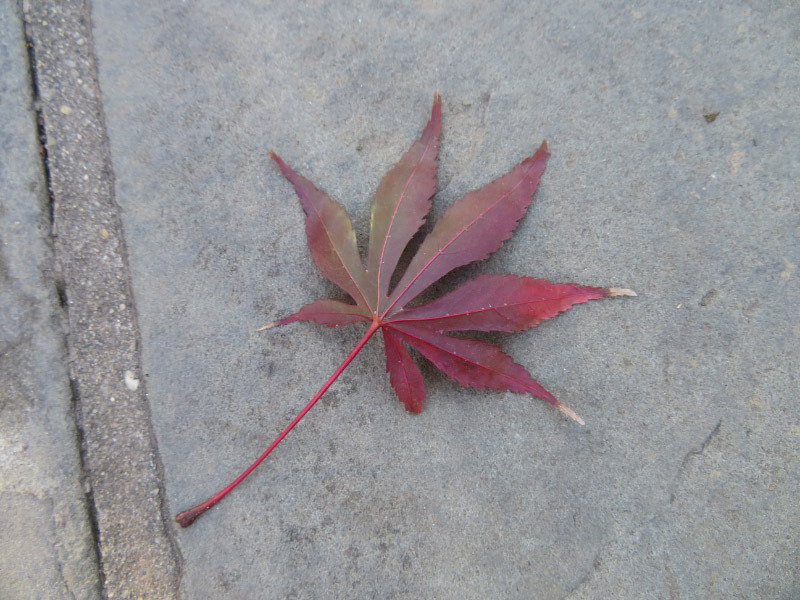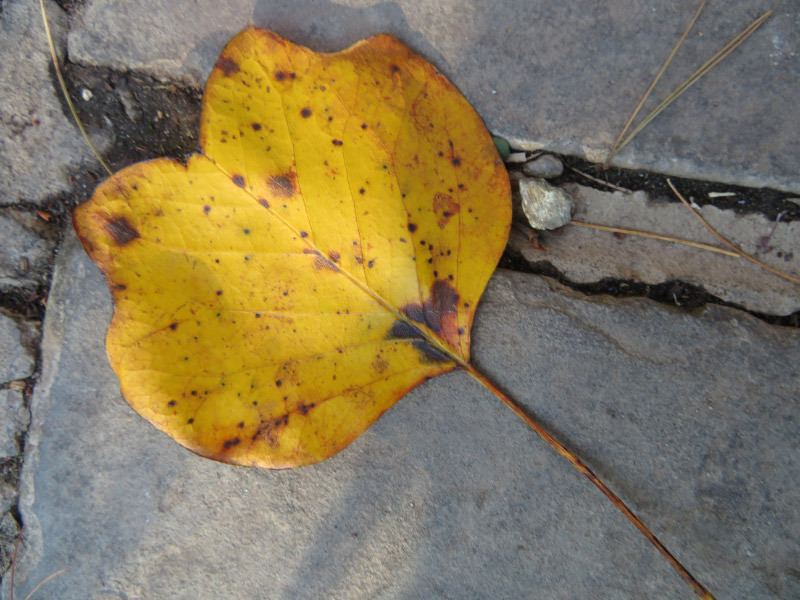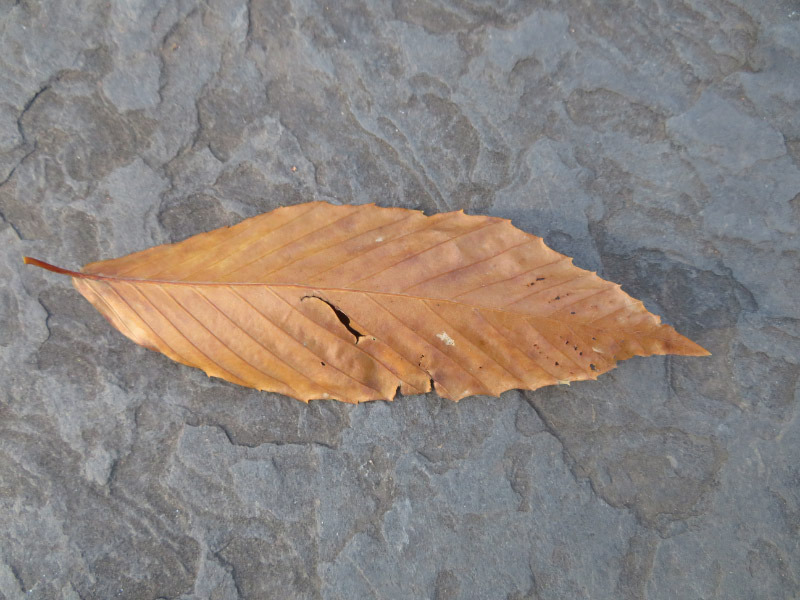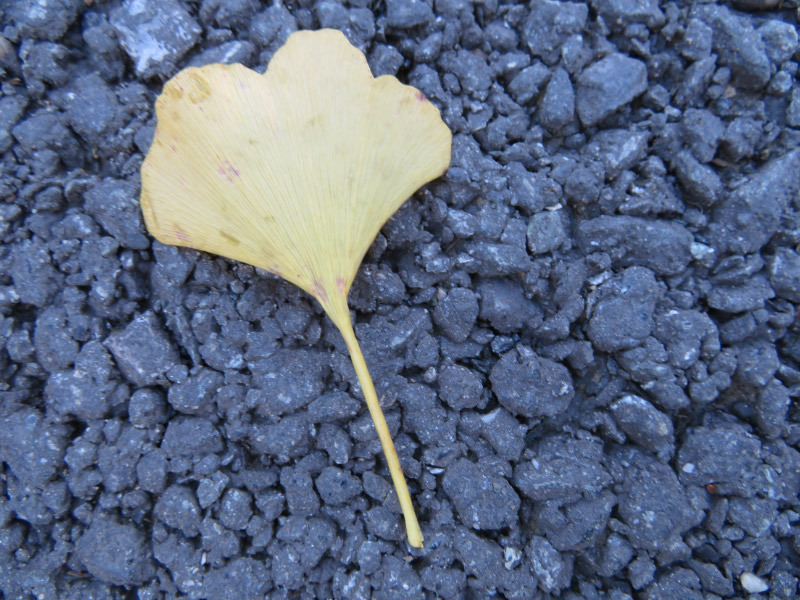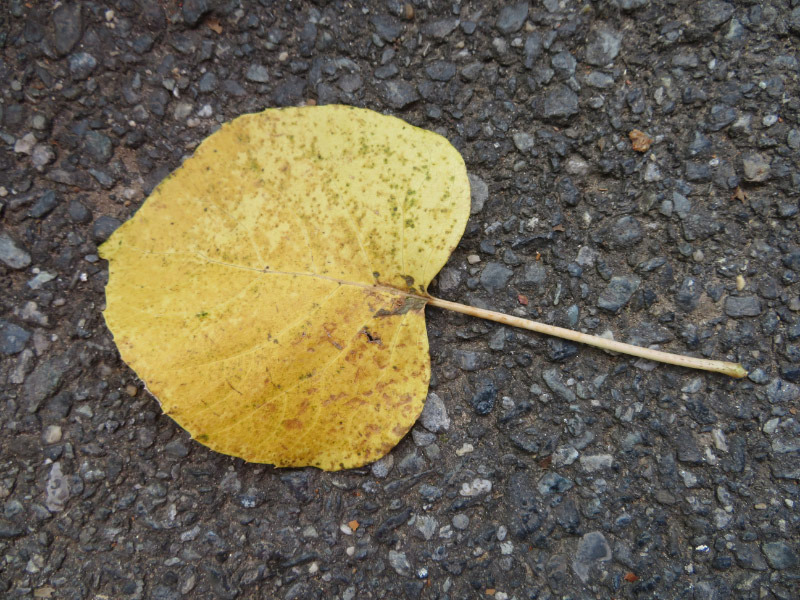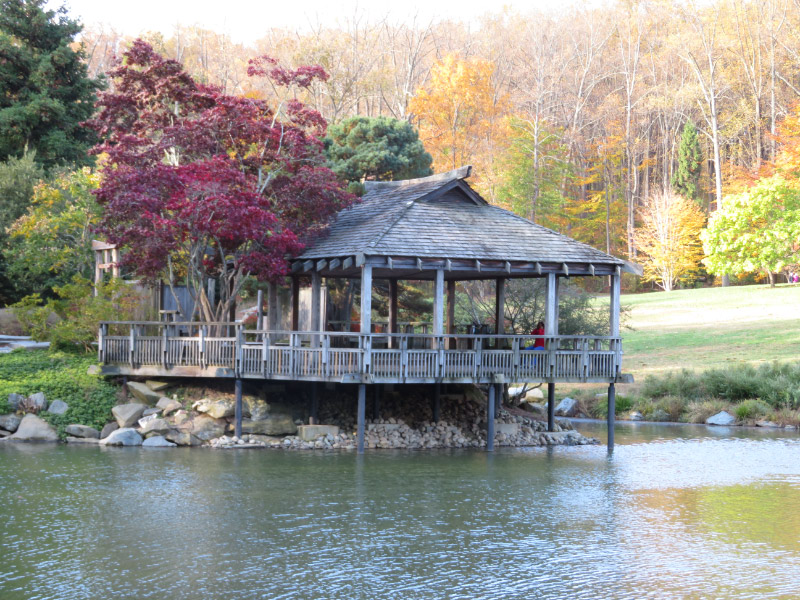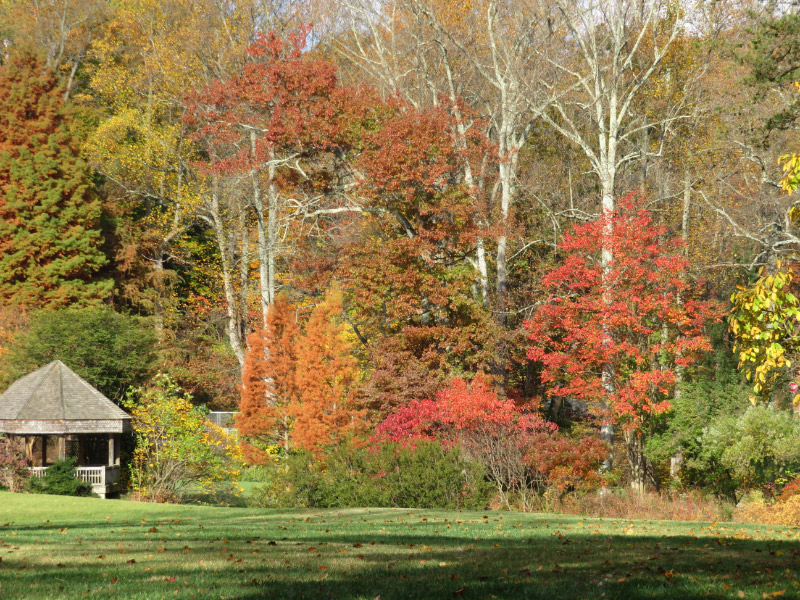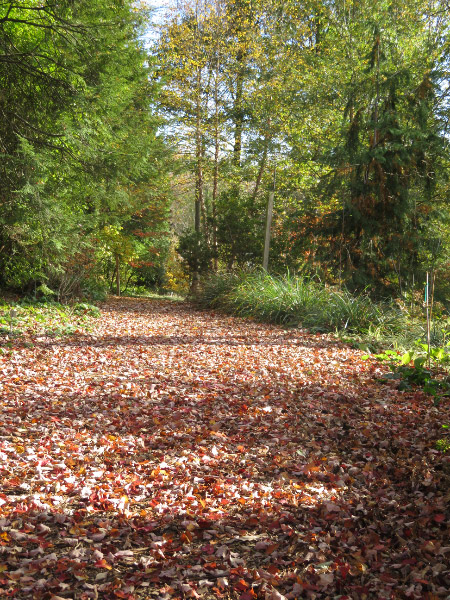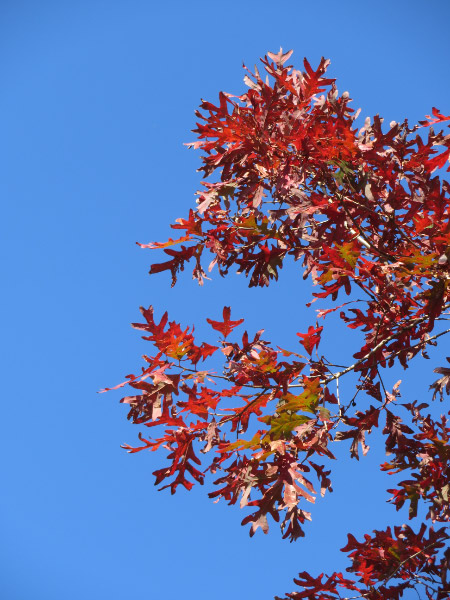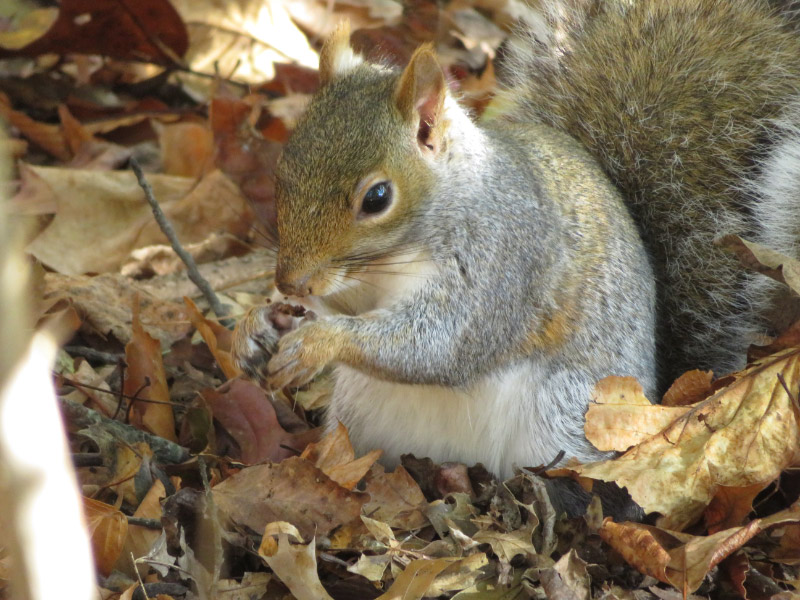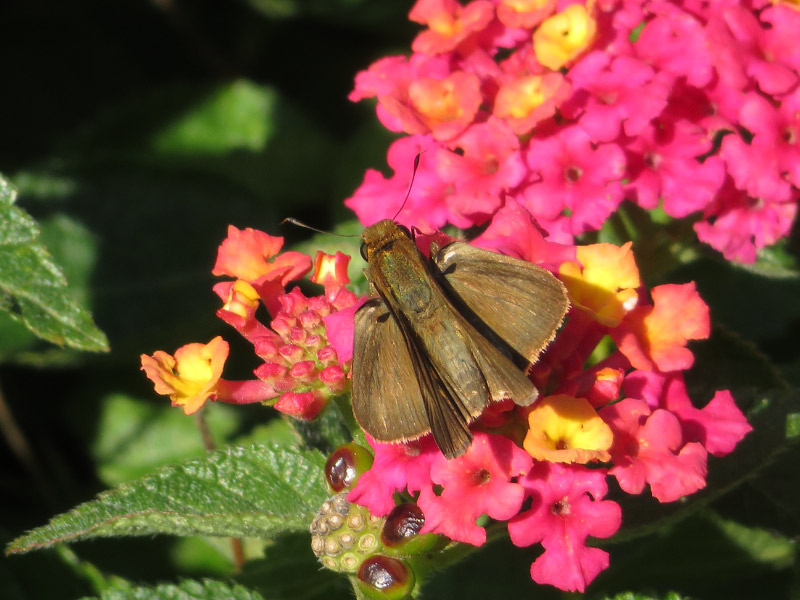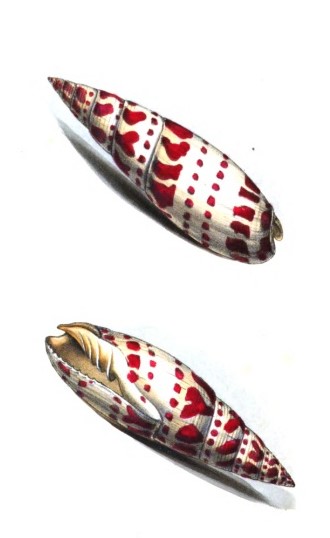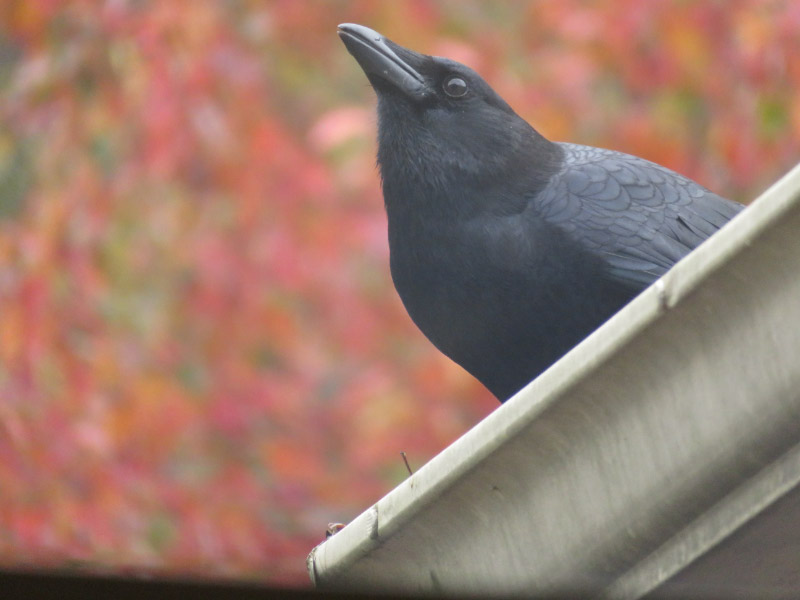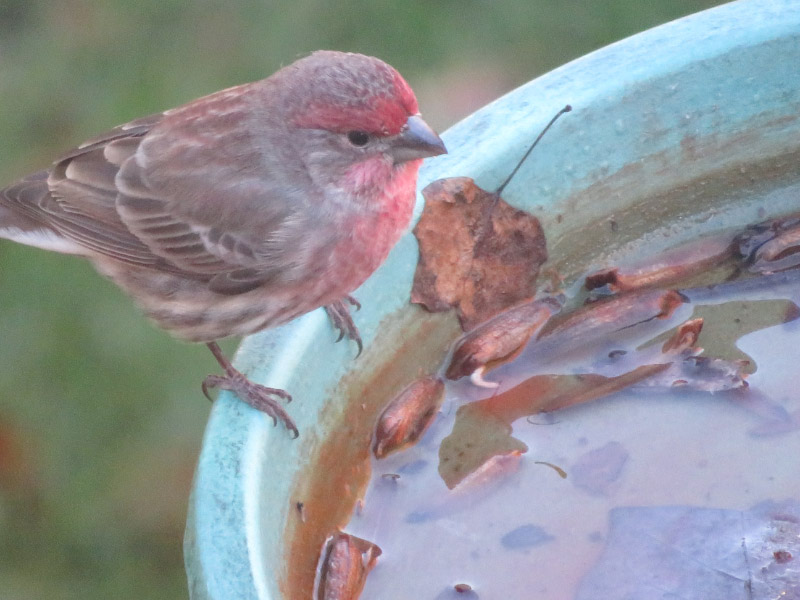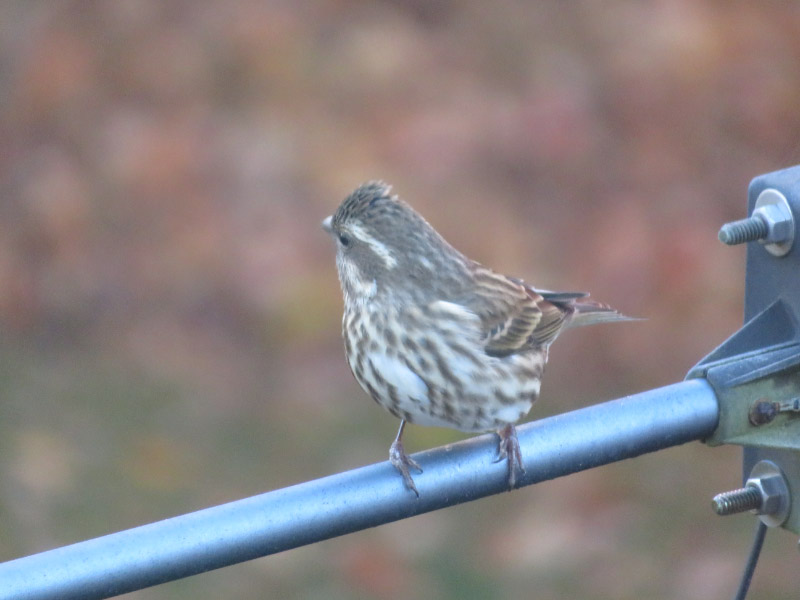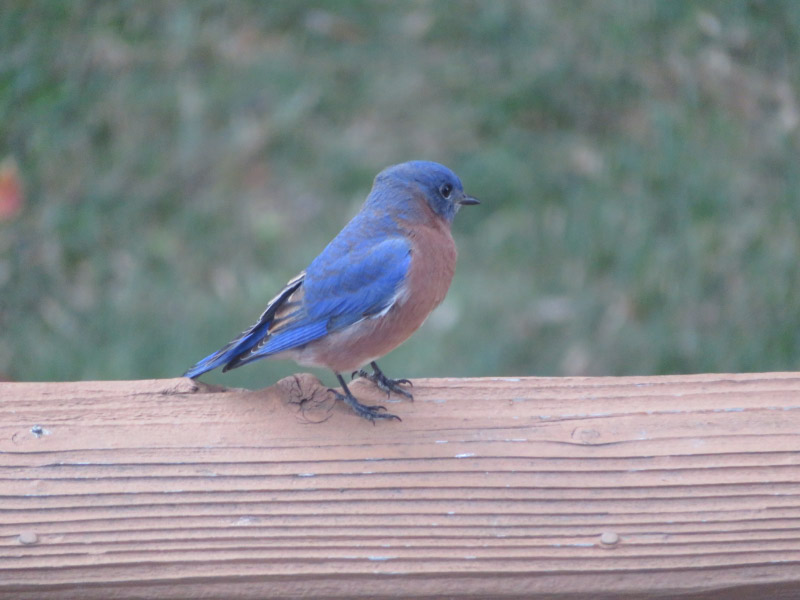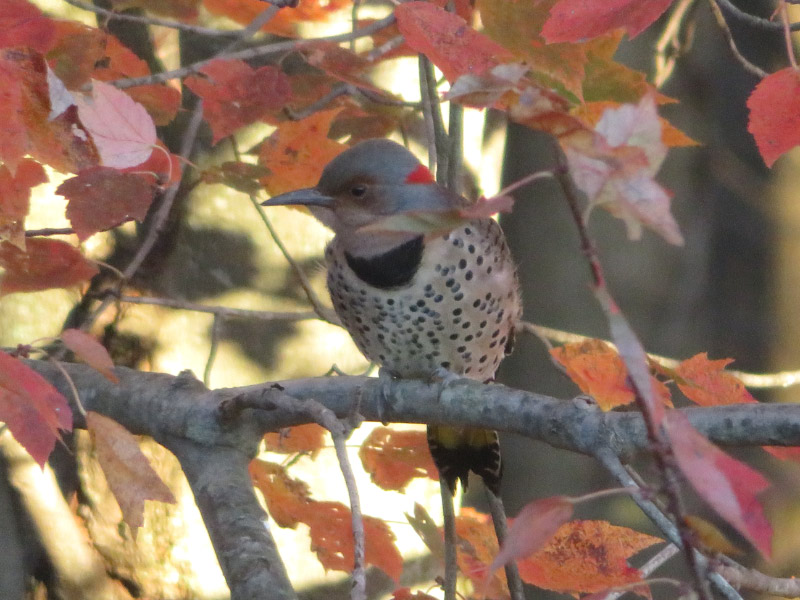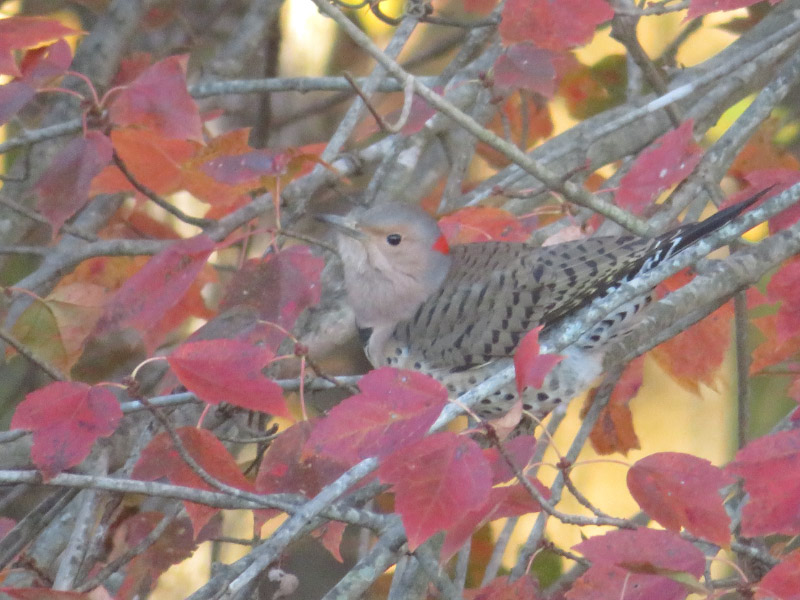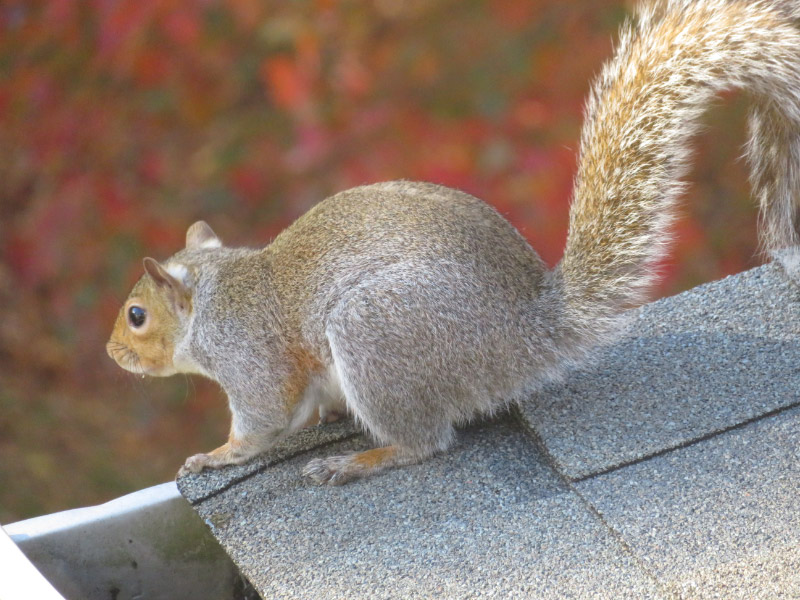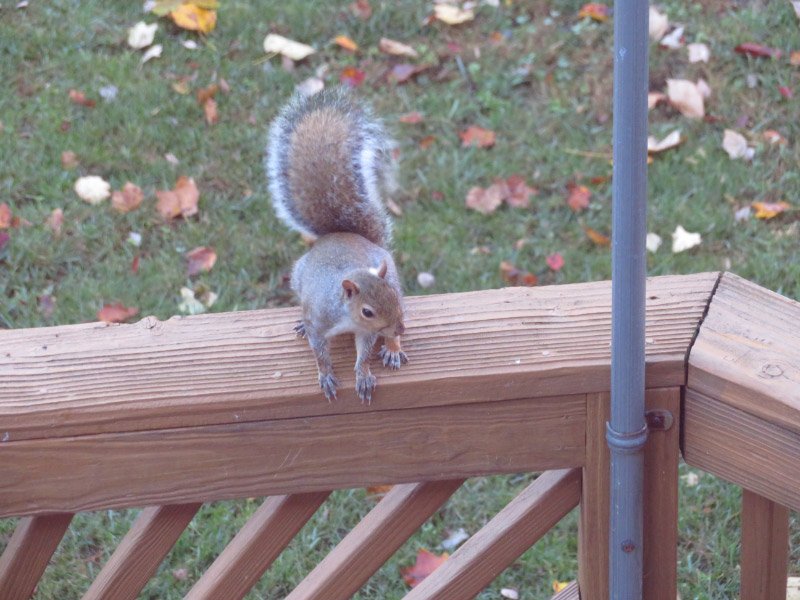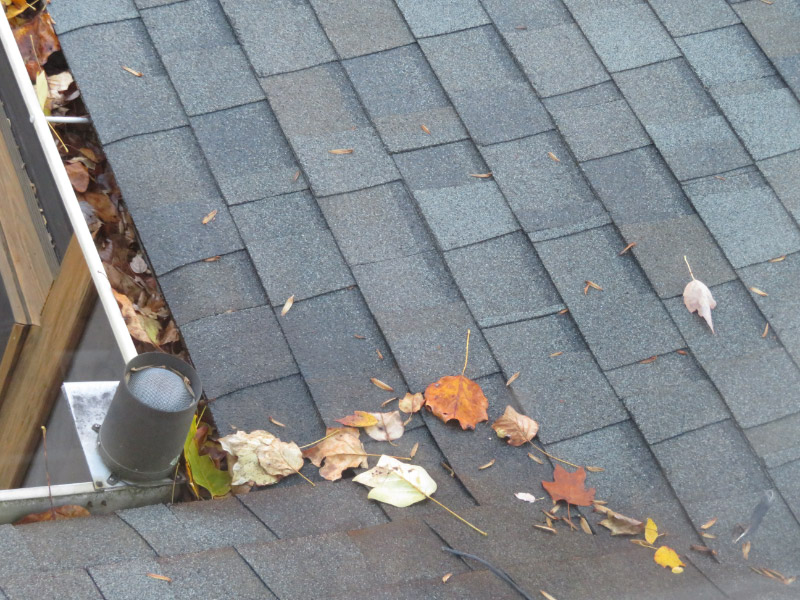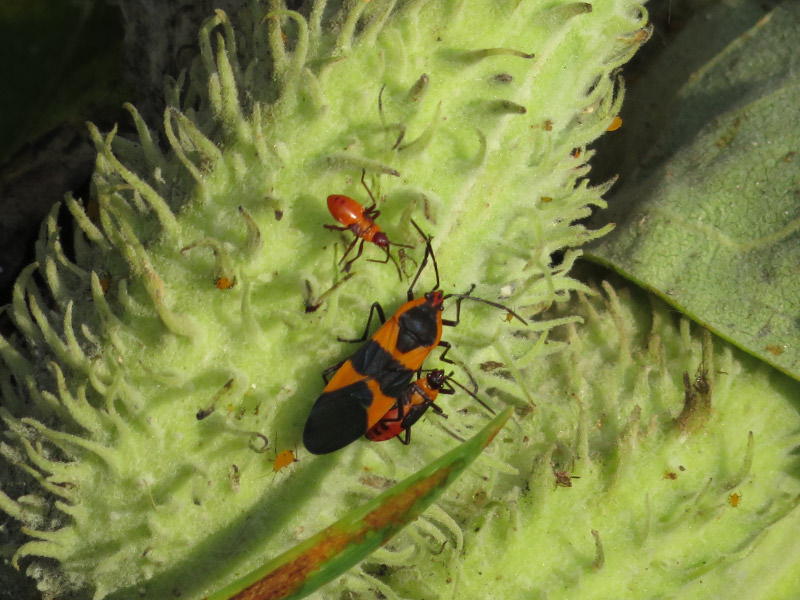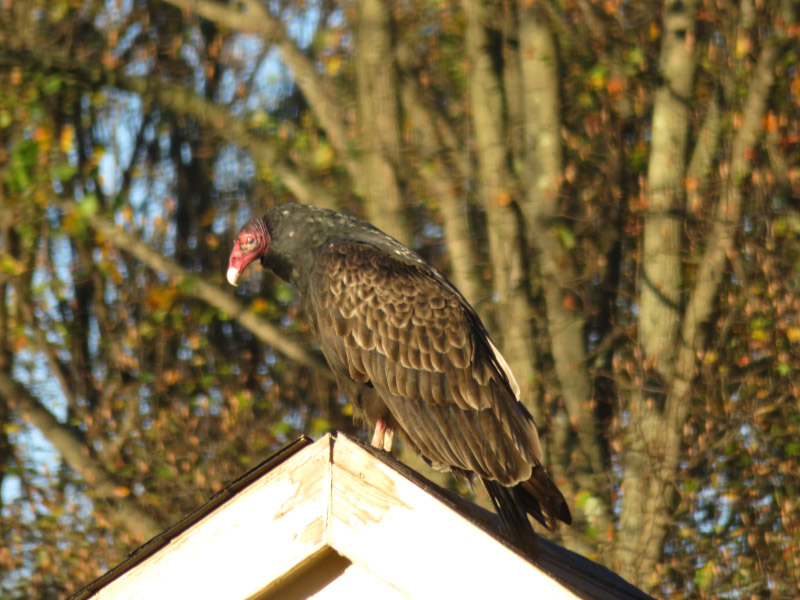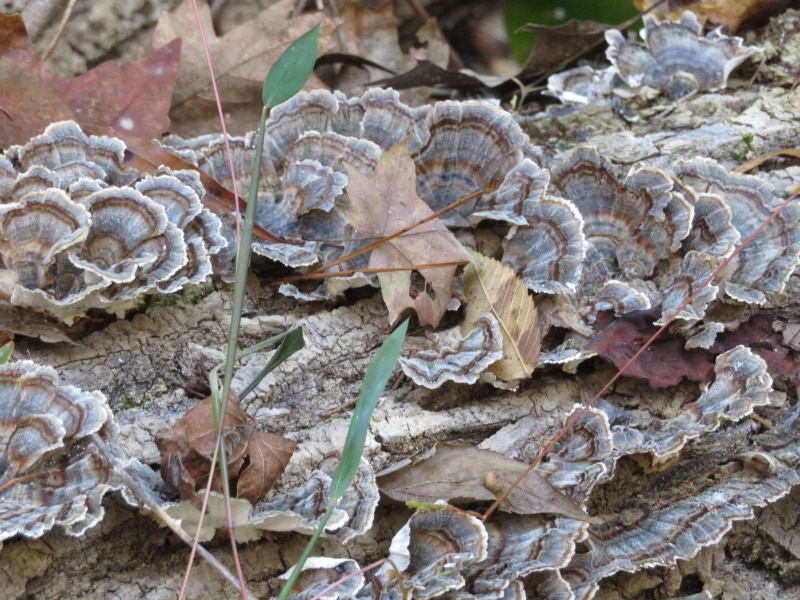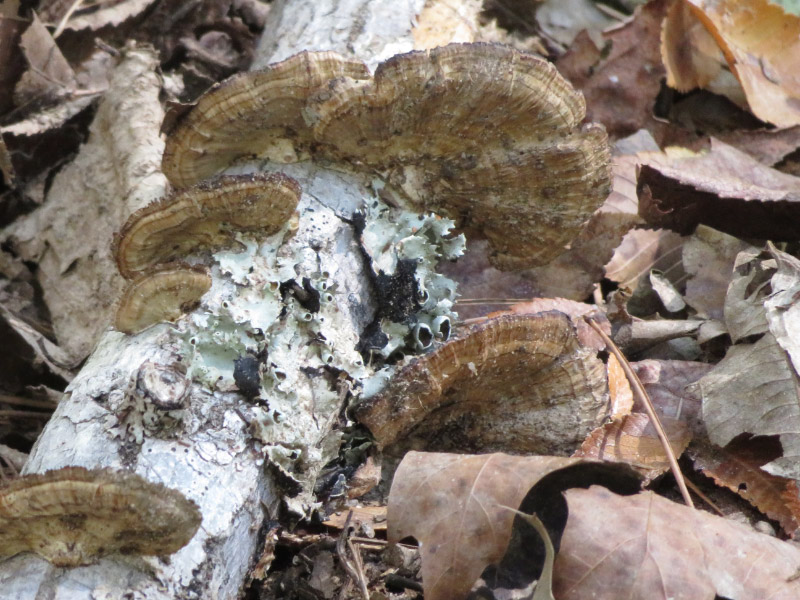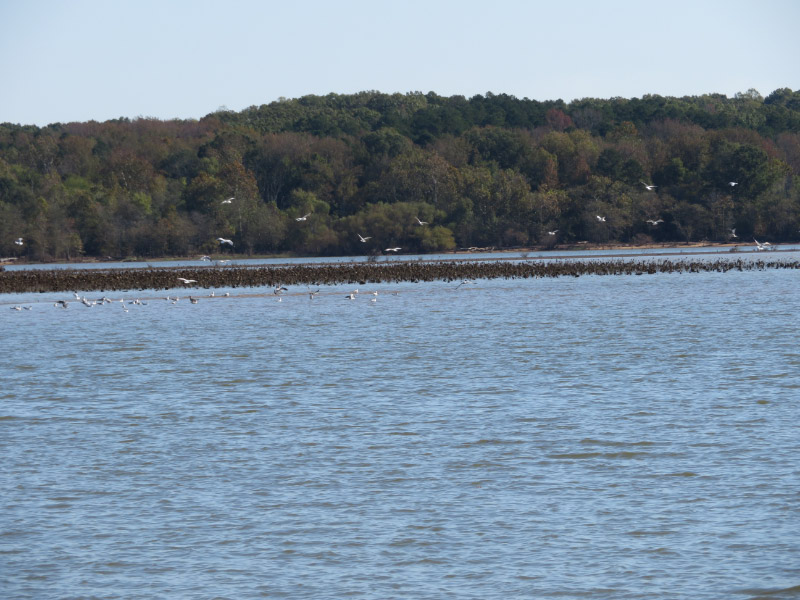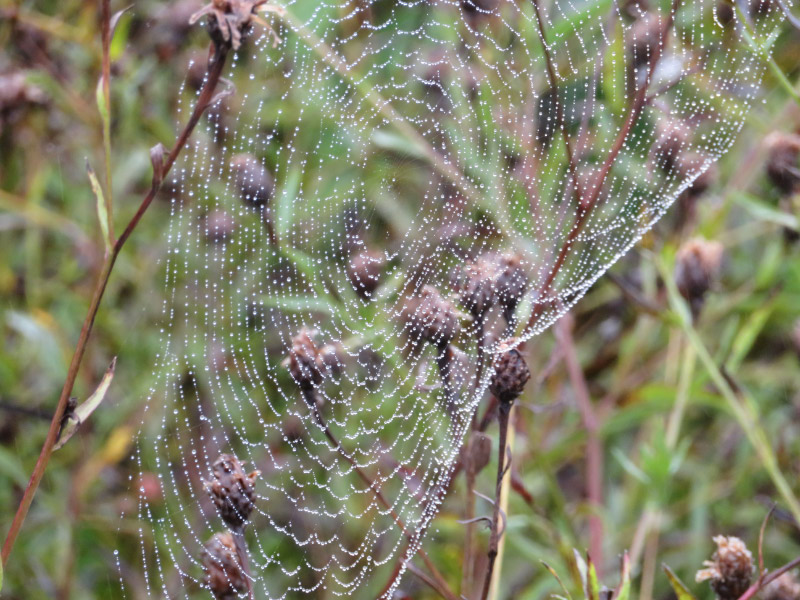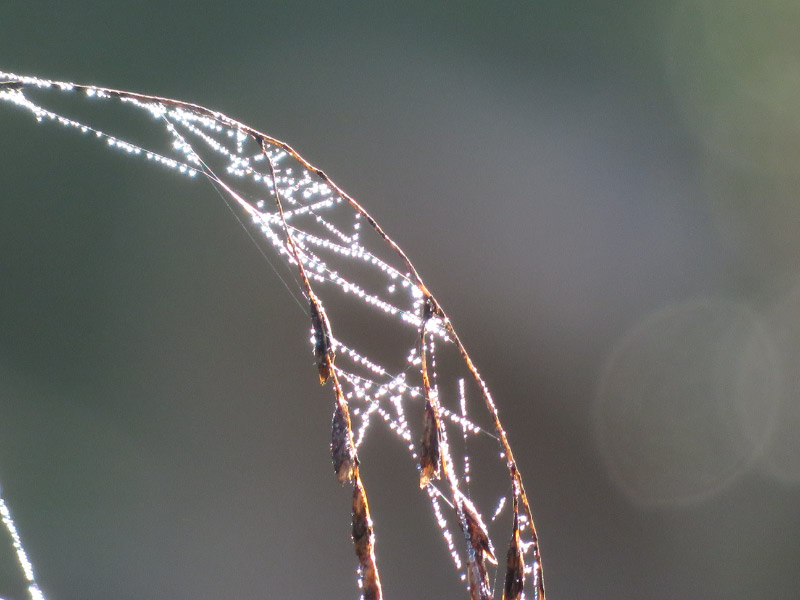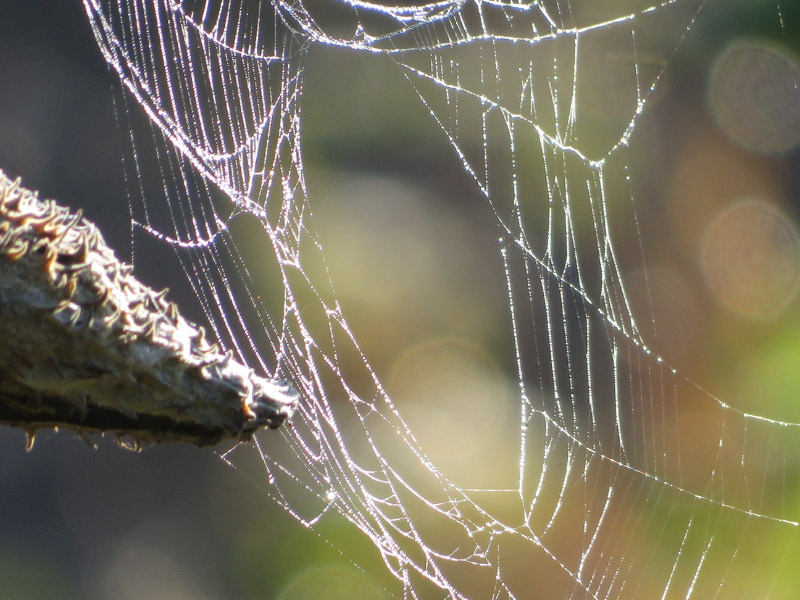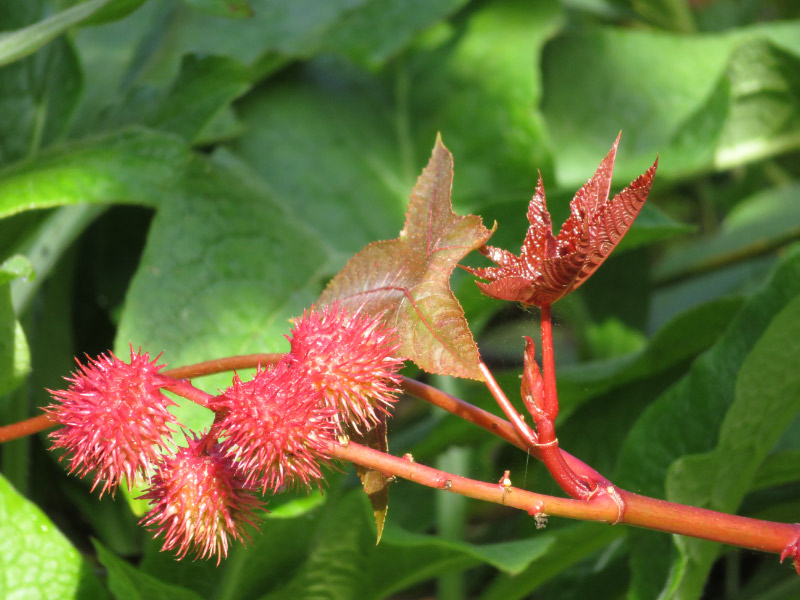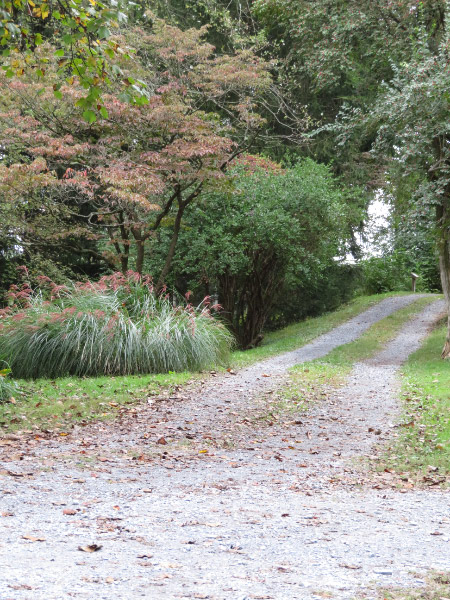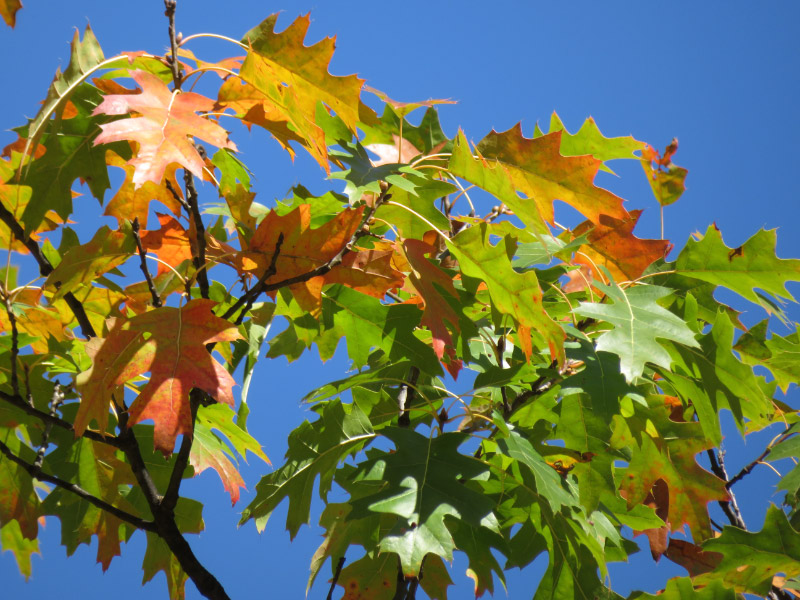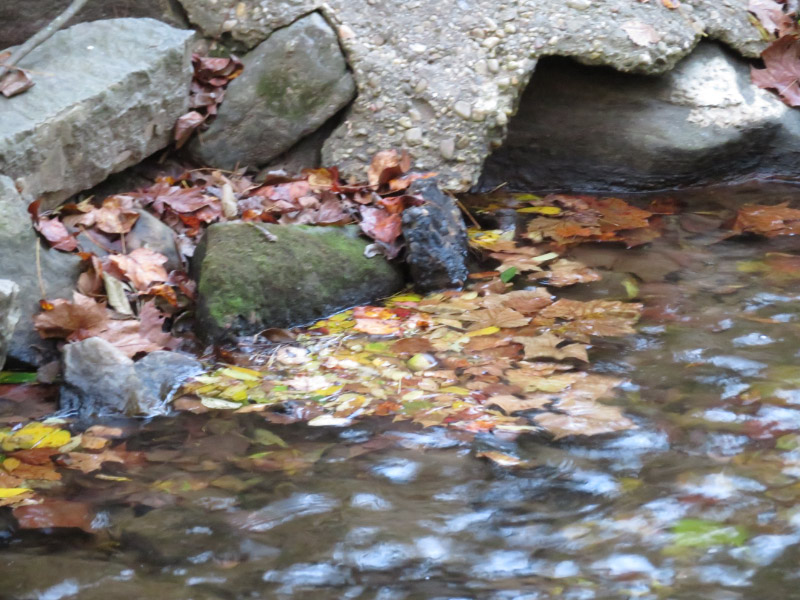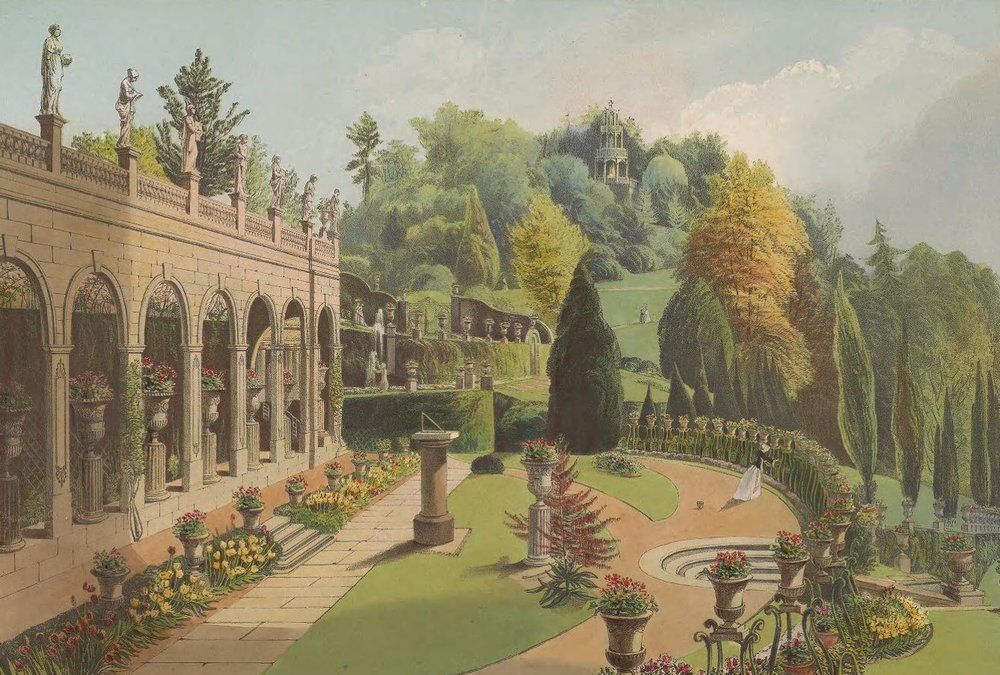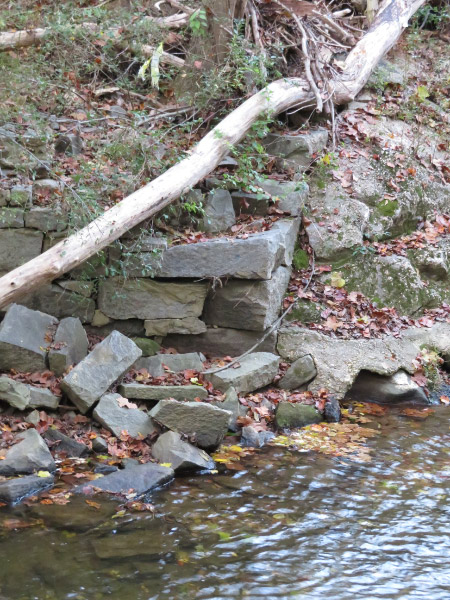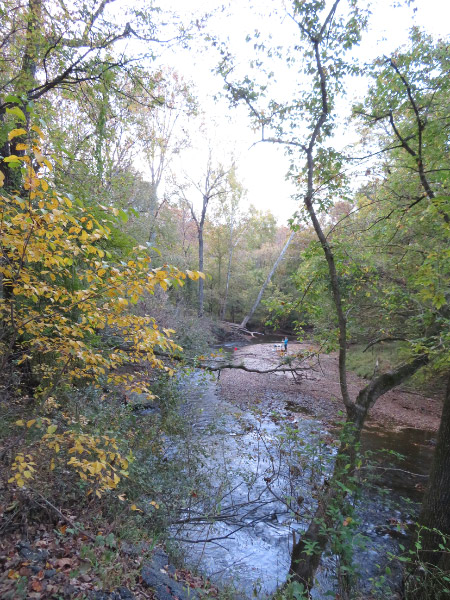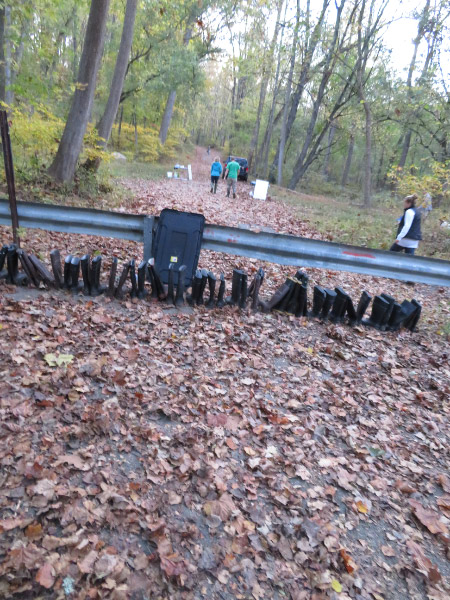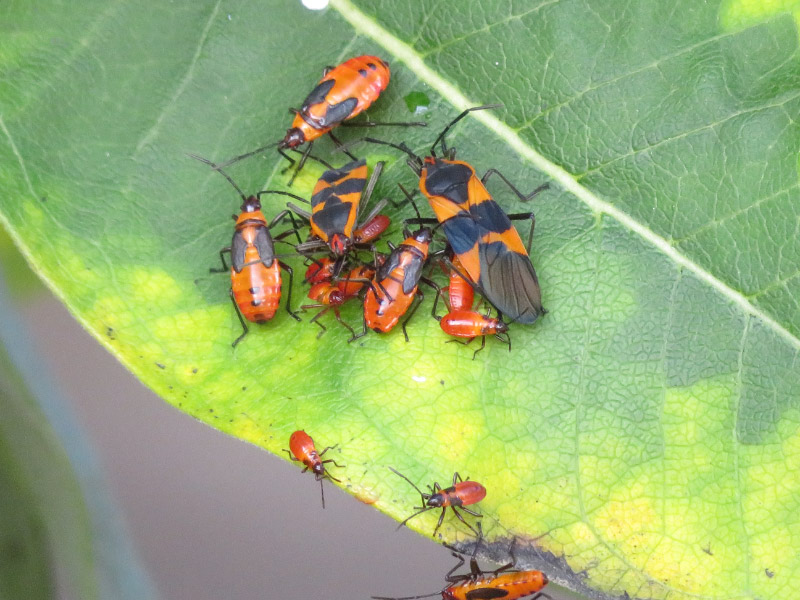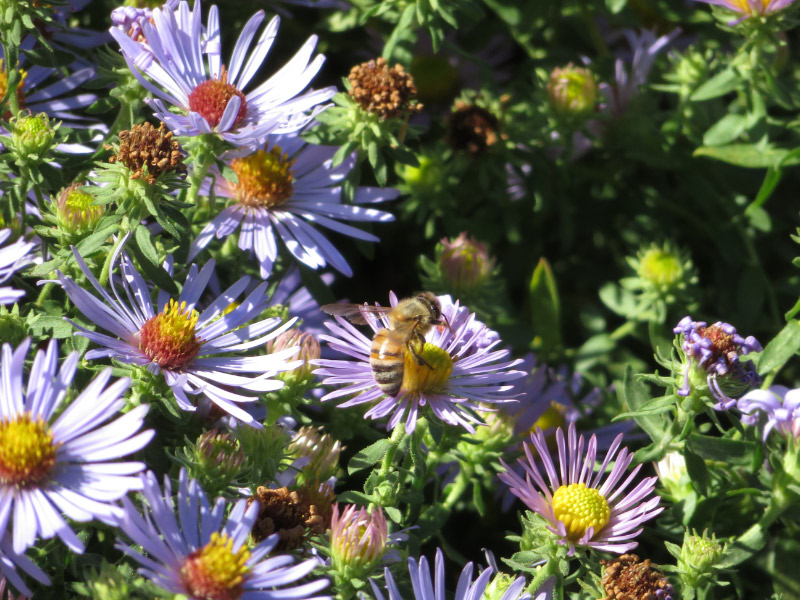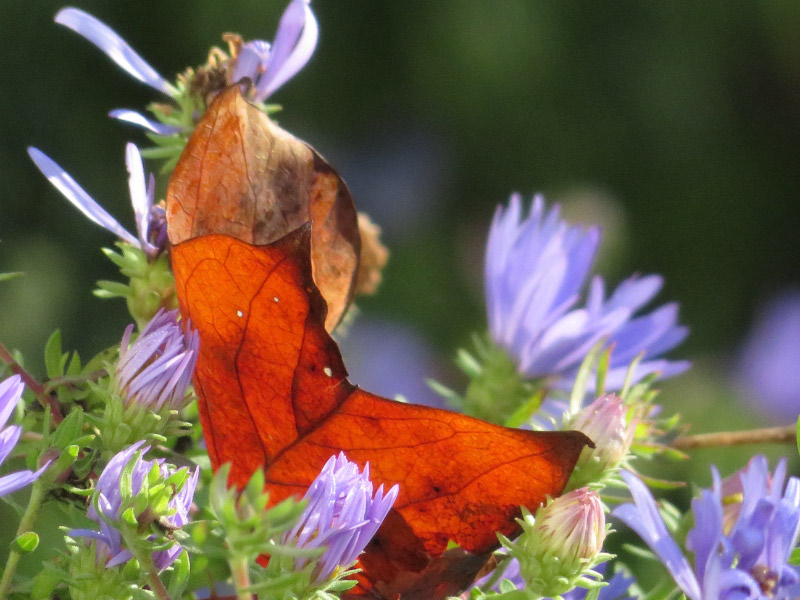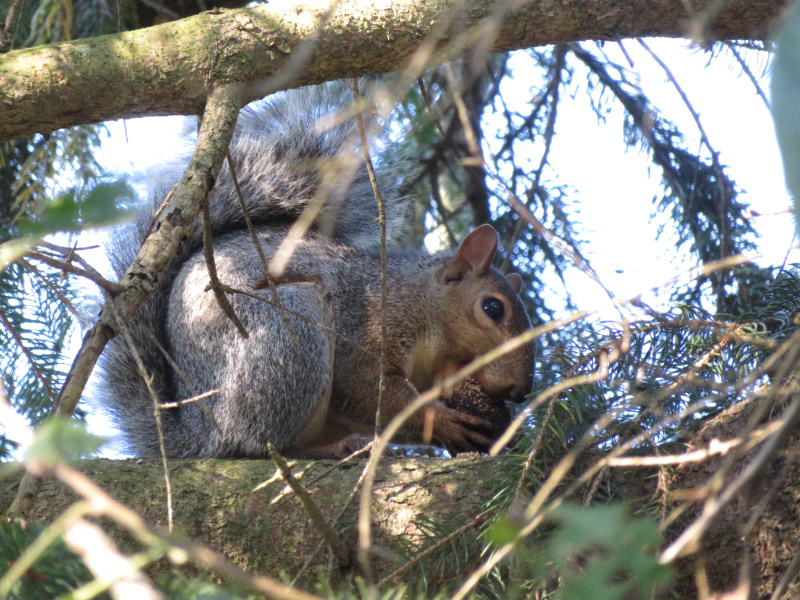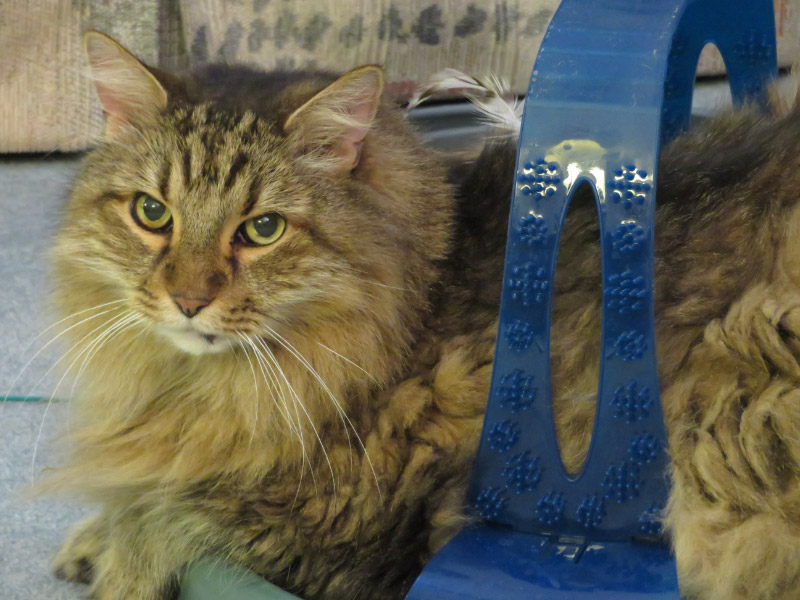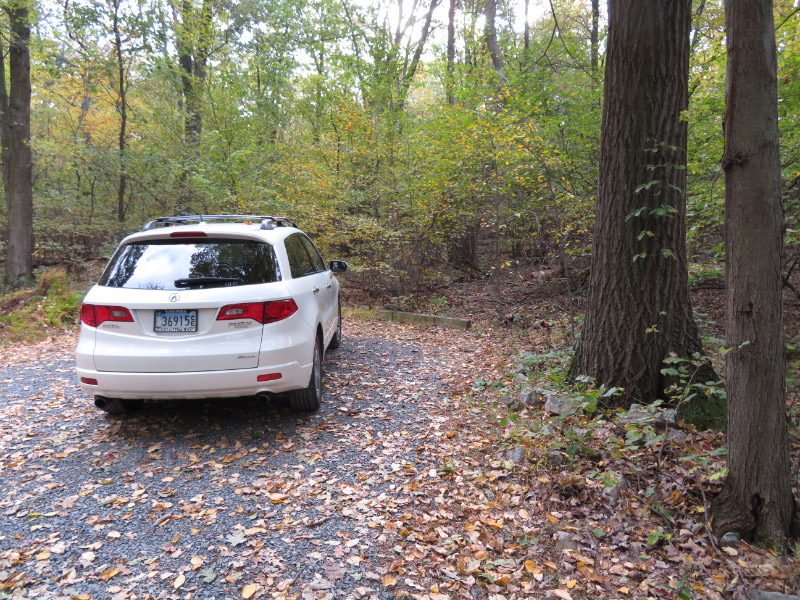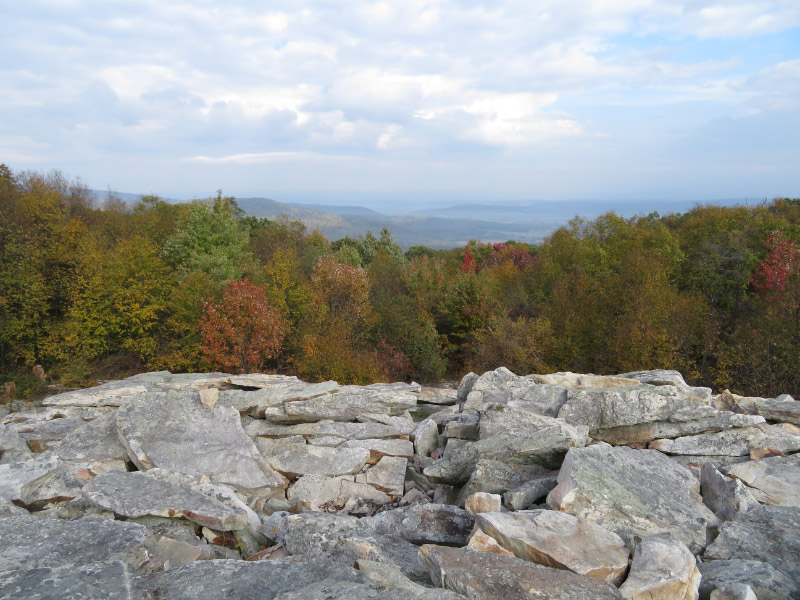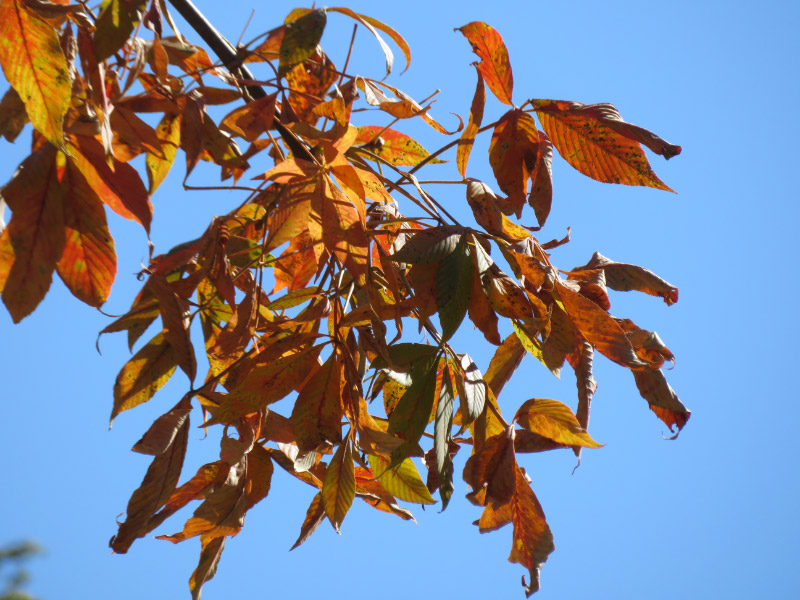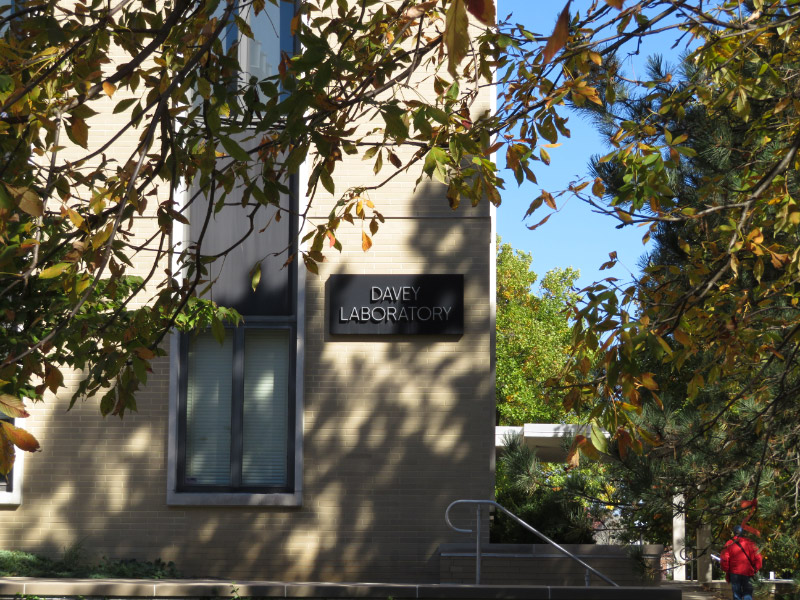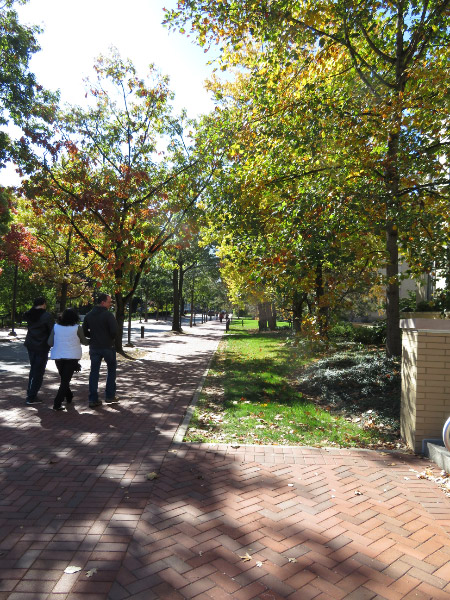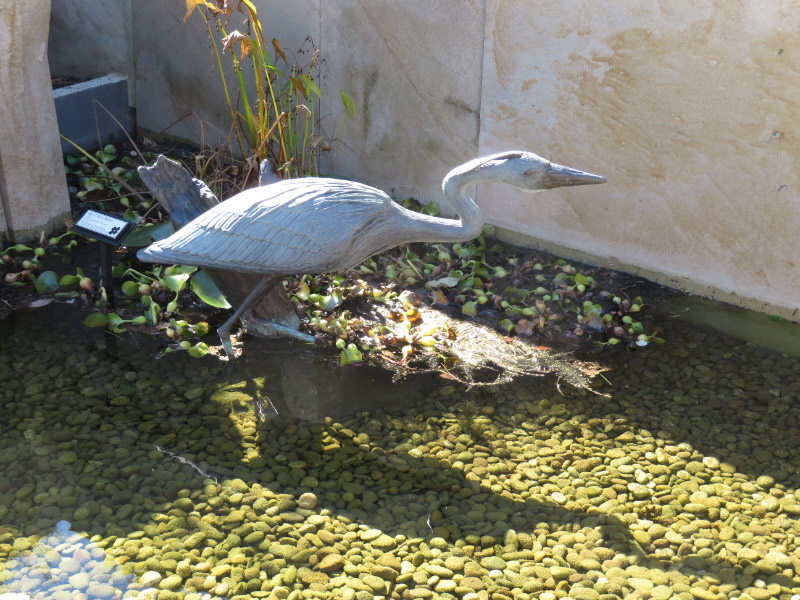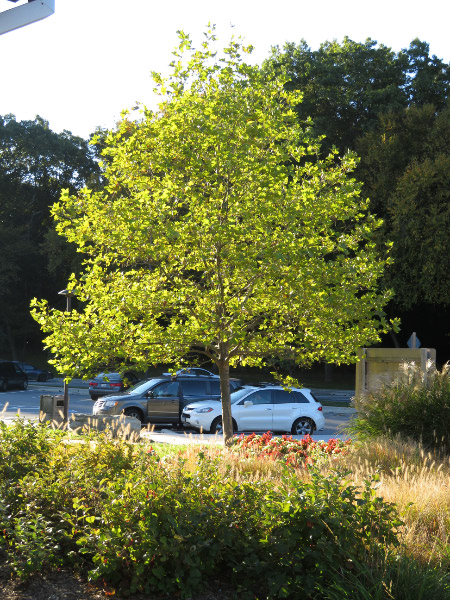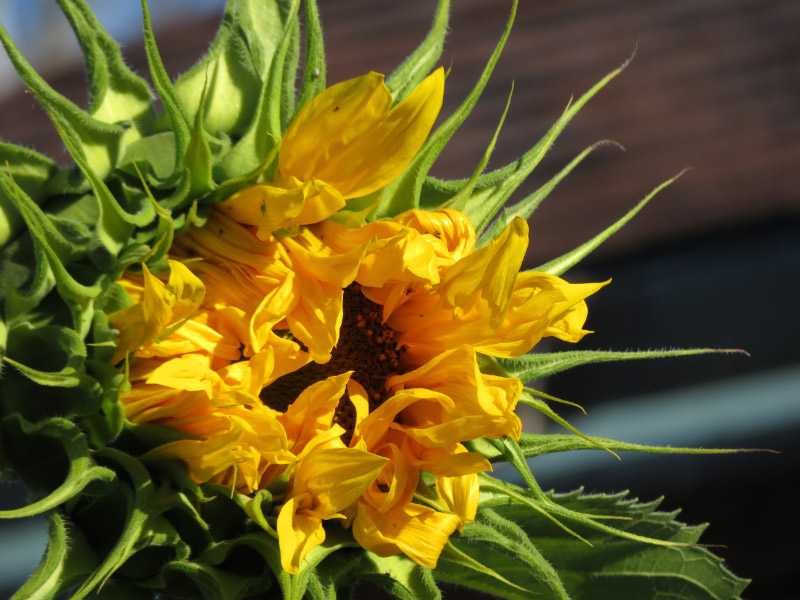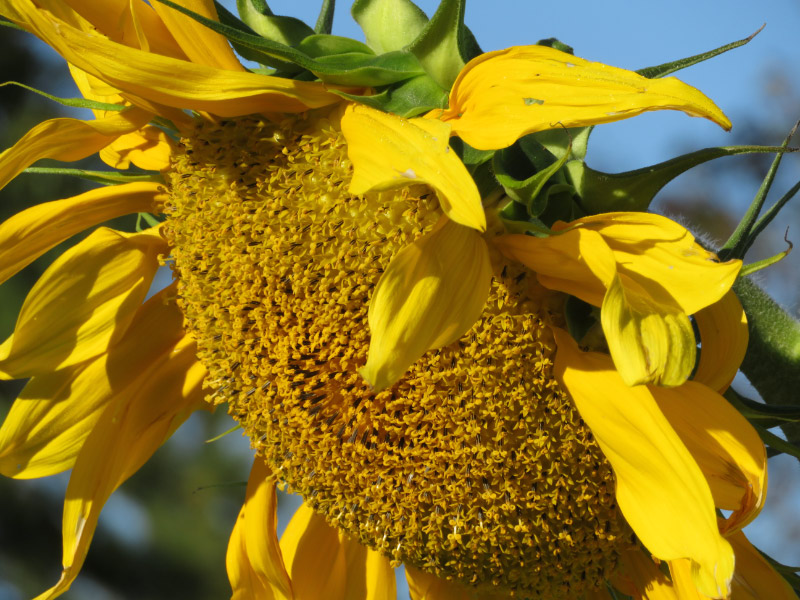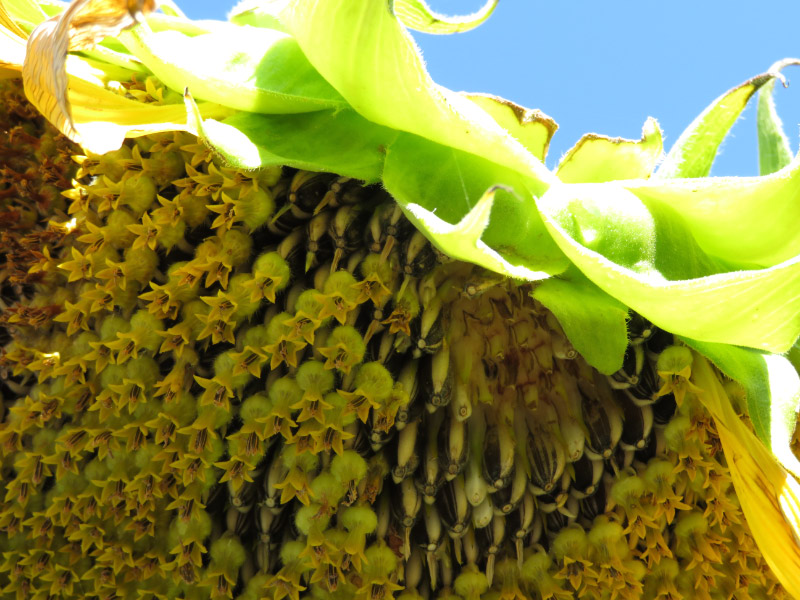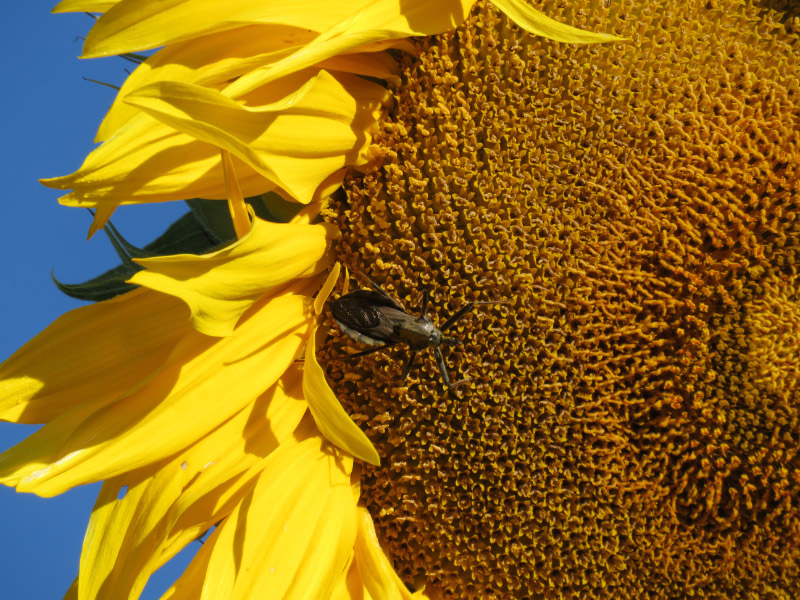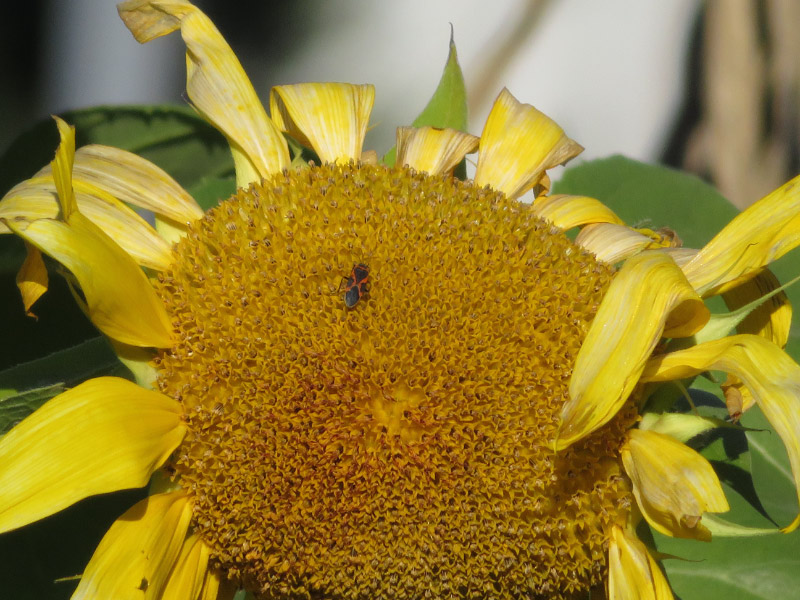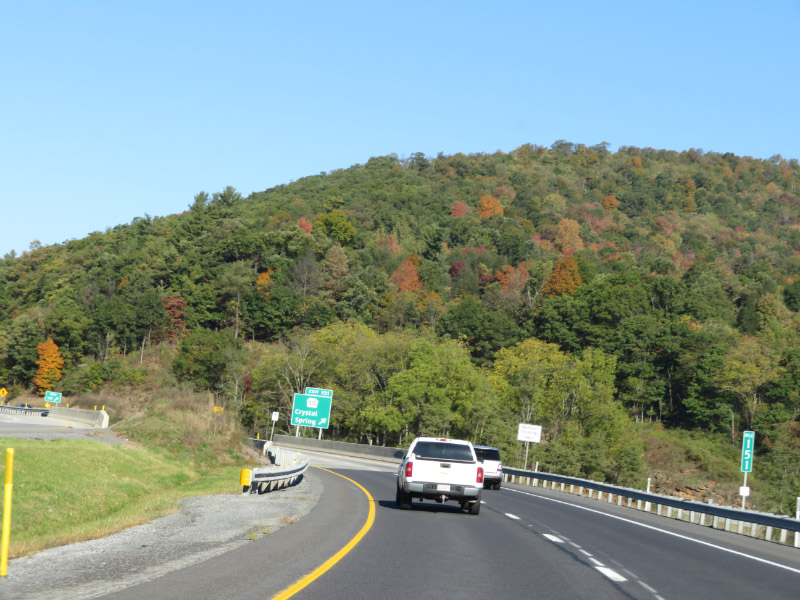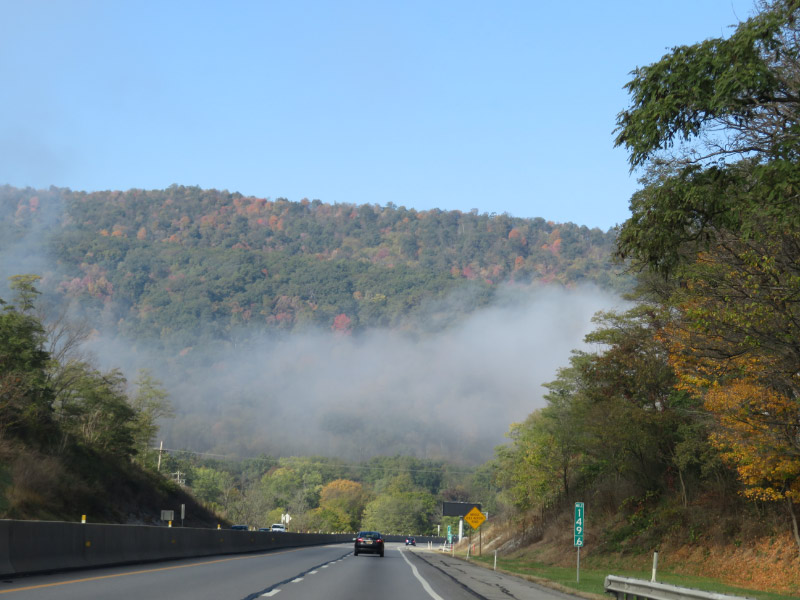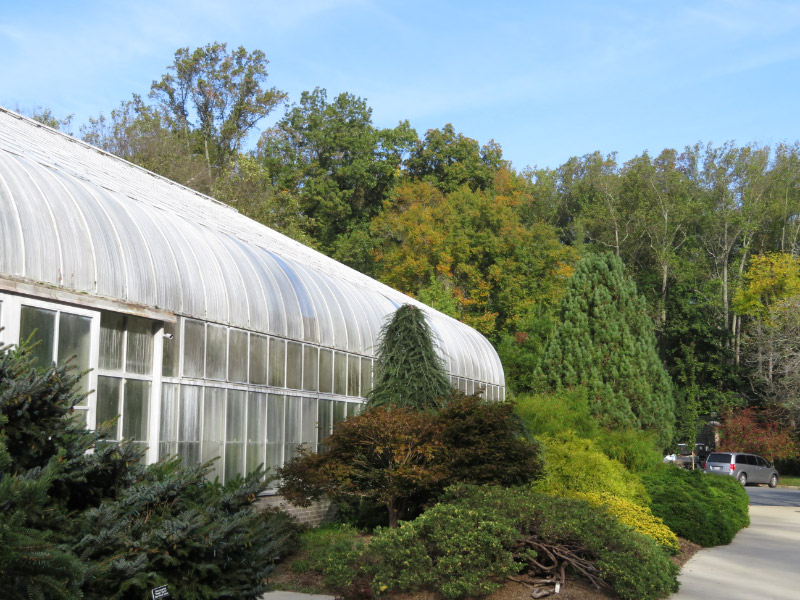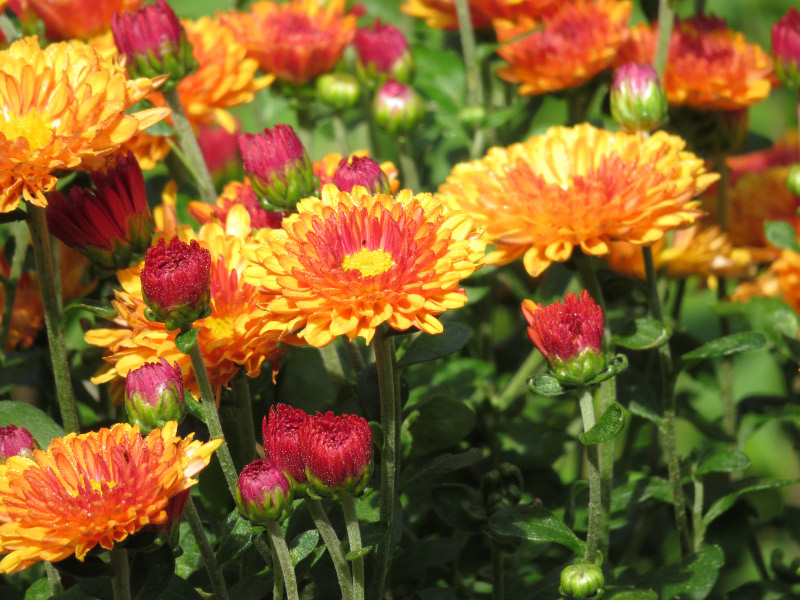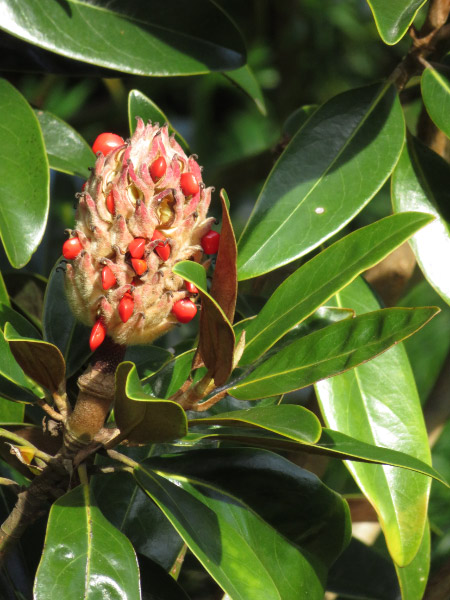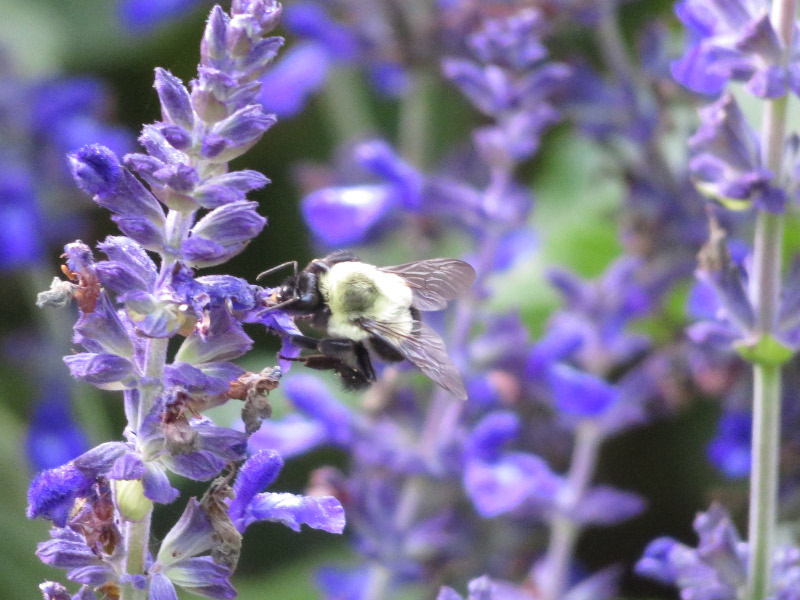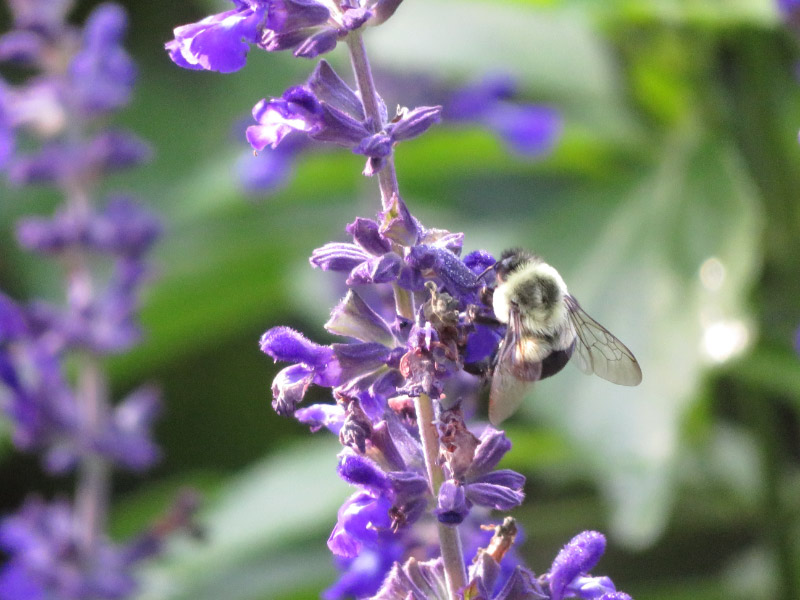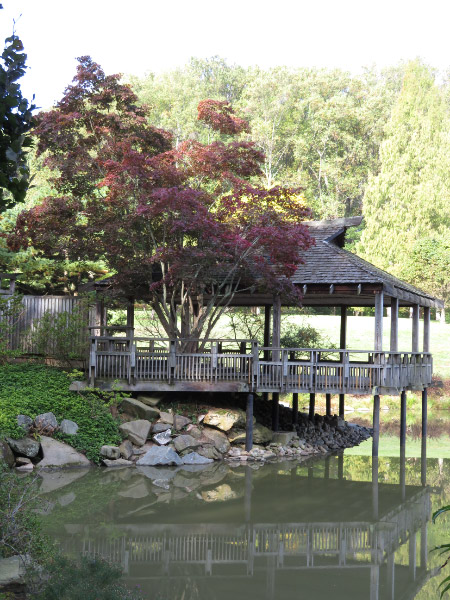Gleanings of the Week Ending November 19, 2016
/The items below were ‘the cream’ of the articles and websites I found this past week. Click on the light green text to look at the article.
The past, present and future of the food we eat – Short…interesting…dystopian future from my perspective and one that a good number of people are trending counter to.
Open Parks Network – A collaboration between Clemson University and the National Park Service to digitize materials from our national parks, historic areas and other protected areas.
Learning in the Age of Digital Distraction – Thought provoking. Has our ancient food-foraging survival instinct evolved into an info-foraging obsession? An interview with neurologist and professor at the University of California, San Francisco that is one of the authors of a new book: The Distracted Mind: Ancient Brains in a High Tech World.
High hospital profits hurt medicine, expert argues – Yet another reason our medical costs are spiraling upward…and our healthcare not improving.
10 Weird Way You Could Be Spreading Invasive Species – The bolded text says ‘running shoes’ but the picture shows hiking boots…any outdoor gear needs to be cleaned after each outing…no weed seed hitch hiking allowed.
Interactive Periodic Table Reveals Exactly How We Use All Those Elements – A little chemistry lesson…at the elemental level!
Vibrant Maps Beautifully Visualize the Feather-like Flow of Rivers Across the World – Educational…and eye candy. Look how big the Mississippi river basin is!
How land use change affects water quality, aquatic life – Evidently static water levels in small lakes and impoundments…a goal of current approaches to dealing with excess water…fish production declines over time.
The Human Virome – Infographic. There are viruses almost everywhere in our body! Most of the time they help – just like the bacteria that we carry with us – but the can turn pathogenic.
One in six women diagnosed with breast cancer has a symptom other than a lump – That 17% - and some of these ‘symptoms’ were new to me. Why aren’t they publicized more?

